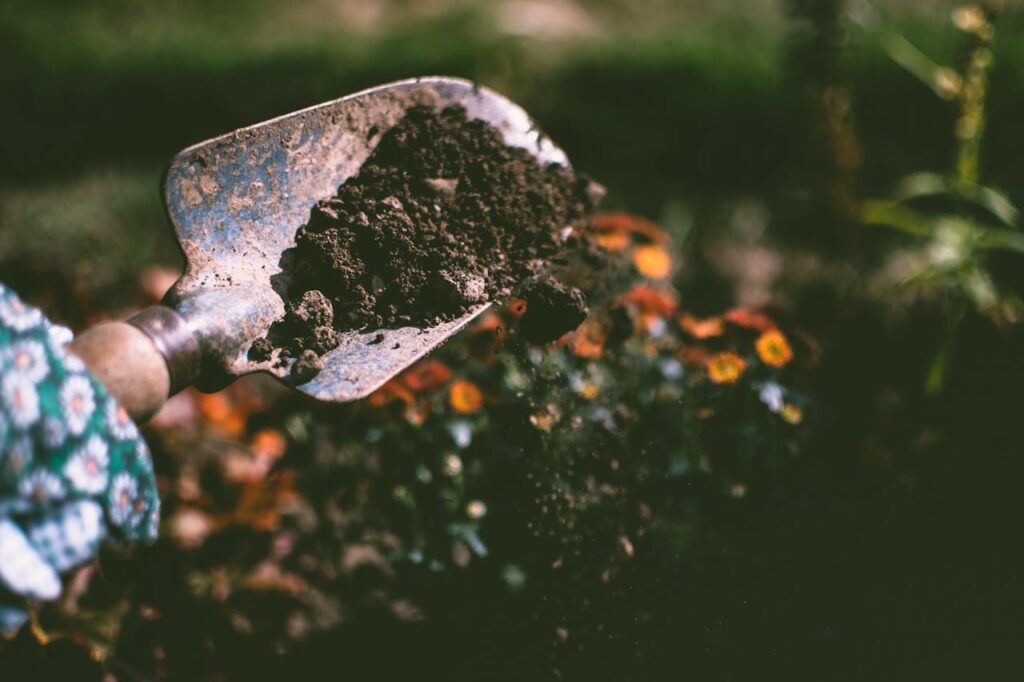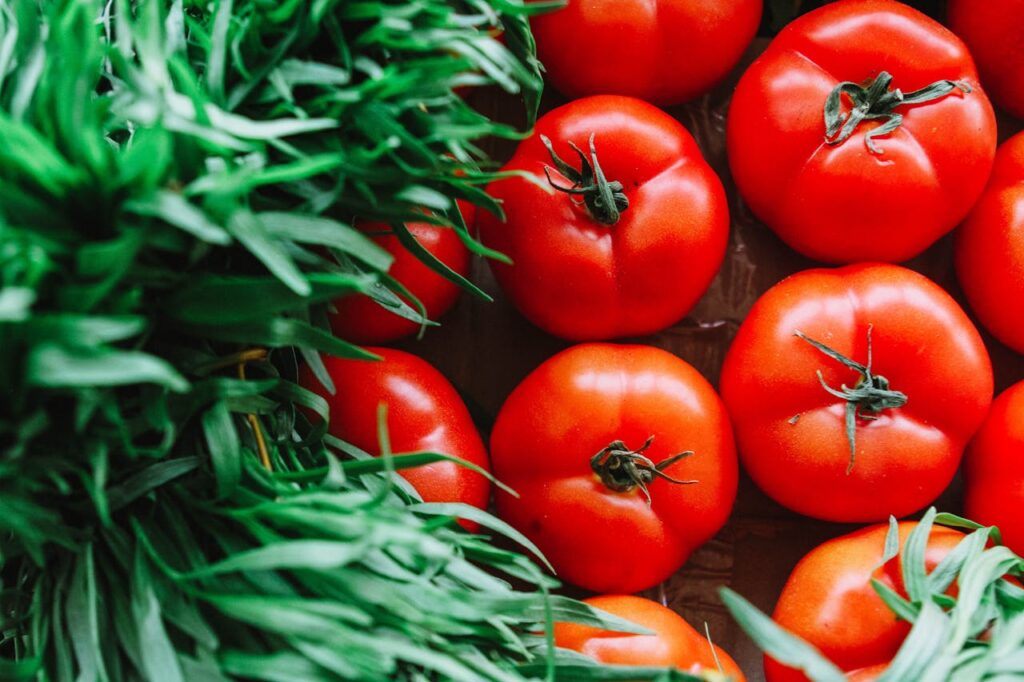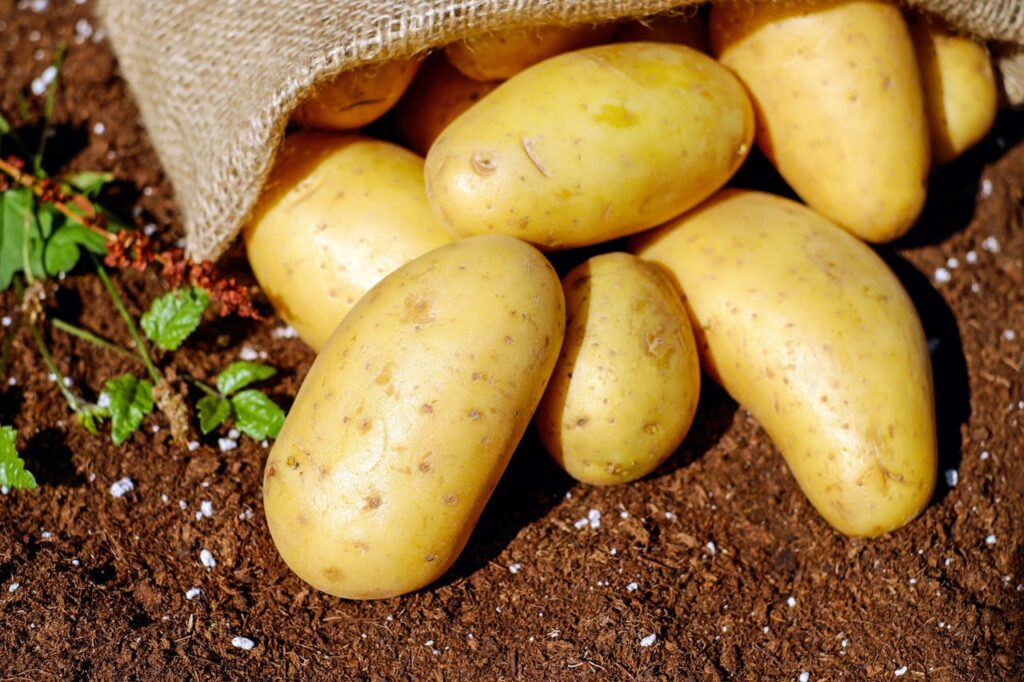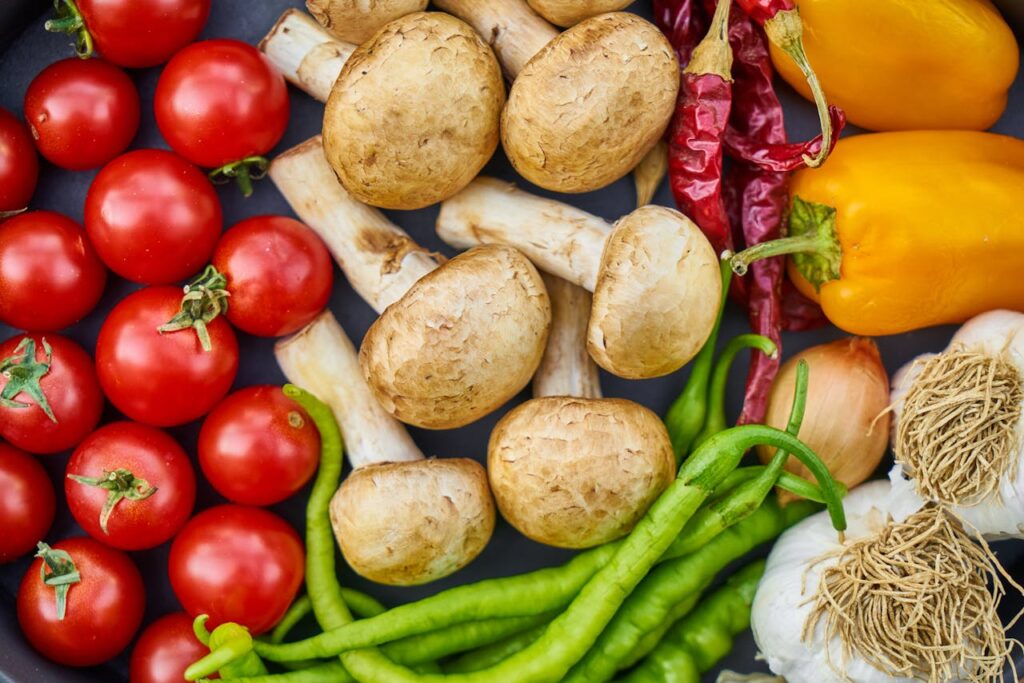Organic gardening is a rewarding practice that allows you to grow fresh, healthy produce without the use of synthetic chemicals. Among the many crops you can cultivate, organic tomatoes are a popular choice for backyard gardeners. This article will guide you through the process of growing organic tomatoes in your backyard, from selecting the right varieties to harvesting your homegrown tomatoes. By following these tips, you can enjoy the taste and benefits of fresh, organic tomatoes right from your garden.
Choosing the Right Tomato Varieties
When growing organic tomatoes, choosing the right varieties is crucial for a successful harvest. There are several types of tomatoes to consider:
- Heirloom vs. Hybrid Varieties: Heirloom tomatoes are known for their rich flavors and unique characteristics. Hybrid tomatoes, on the other hand, are bred for disease resistance and higher yields. Depending on your preferences and garden conditions, you can choose between these options.
- Determinate vs. Indeterminate Tomatoes: Determinate tomatoes grow to a certain height and produce fruit all at once, making them ideal for smaller gardens or those who prefer a single harvest. Indeterminate tomatoes continue to grow and produce fruit throughout the growing season, which is great for larger gardens.
- Recommended Varieties: For backyard gardens, consider varieties such as ‘Brandywine,’ ‘Cherokee Purple,’ and ‘Roma.’ These types are known for their excellent flavor and adaptability to various climates.

Preparing Your Garden Space
The success of your organic tomato garden starts with proper preparation of your garden space:
- Selecting the Ideal Location: Tomatoes thrive in full sunlight, so choose a spot in your backyard that receives at least 6-8 hours of direct sunlight daily. Additionally, ensure good soil drainage to prevent waterlogging, which can lead to root diseases.
- Preparing the Soil: Test your soil’s pH and nutrient levels to ensure it’s suitable for tomato growth. Tomatoes prefer slightly acidic soil with a pH of 6.0 to 6.8. Enrich the soil with organic compost and amendments to improve its structure and fertility.
Starting Your Tomato Plants
You can start your organic tomatoes from seeds or seedlings:
- Choosing Seeds vs. Seedlings: Seeds offer a wider selection of tomato varieties and are more cost-effective, but they require more time and care. Seedlings are convenient and give you a head start but may limit variety choices.
- Starting Seeds Indoors: Begin seeds indoors 6-8 weeks before the last frost date. Use seed-starting trays and a high-quality seed-starting mix. Once seedlings have grown to about 2-3 inches tall and have at least two sets of true leaves, they can be transplanted into the garden.
- Buying Healthy Seedlings: If you prefer convenience, purchase healthy seedlings from a local nursery. Choose plants with strong stems, dark green leaves, and no signs of disease.
Planting Your Tomatoes
Proper planting techniques are essential for healthy tomato plants:
- Proper Spacing and Depth: Space tomato plants 18-24 inches apart to ensure adequate airflow and prevent disease. Plant tomatoes deep, burying the stem up to the first set of leaves. This encourages stronger root development.
- Planting Techniques: Use the deep planting method or the trench planting method to maximize root growth. For the deep planting method, dig a hole large enough to accommodate the root ball and part of the stem. For the trench method, plant the tomato plant horizontally in a shallow trench, covering the stem with soil.
- Supporting Your Plants: Provide support using stakes, cages, or trellises to keep plants upright and reduce disease risk. Stakes should be driven into the soil before planting, and cages or trellises should be set up as the plants grow.
Caring for Your Tomato Plants
Ongoing care is vital for a thriving organic tomato garden:
- Watering Guidelines: Tomatoes need consistent moisture to thrive. Water your plants regularly, aiming for about 1-2 inches of water per week. Avoid overwatering, which can lead to root rot, and ensure the soil remains evenly moist.
- Mulching: Apply organic mulch around your tomato plants to retain soil moisture and suppress weeds. Mulch also helps regulate soil temperature and improve overall plant health.
- Fertilizing Organically: Use organic fertilizers such as compost, well-rotted manure, or fish emulsion to provide essential nutrients. Follow the manufacturer’s instructions for application rates and frequency.
Managing Pests and Diseases Organically
Protecting your tomatoes from pests and diseases is crucial for a healthy harvest:
- Common Tomato Pests: Watch for pests like aphids, whiteflies, and tomato hornworms. Use organic pest control methods, such as neem oil, insecticidal soap, or introducing beneficial insects like ladybugs.
- Common Tomato Diseases: Tomatoes are susceptible to diseases like blight and powdery mildew. Practice crop rotation, ensure good air circulation, and use organic fungicides if necessary. Remove and discard infected plants to prevent the spread of disease.
Pruning and Training Tomato Plants
Proper pruning and training enhance tomato plant health and productivity:
- Reasons for Pruning: Pruning helps improve air circulation, reduce disease risk, and direct the plant’s energy towards fruit production. Remove suckers (side shoots) and lower leaves that touch the soil.
- How to Prune: Use clean, sharp pruning shears to remove unwanted growth. Focus on removing suckers and leaves that are not producing fruit.
- Training Plants: Use stakes, cages, or trellises to train your tomato plants. Secure the plants as they grow to prevent them from sprawling and to keep the fruit off the ground.
Harvesting Your Organic Tomatoes
The final step in growing organic tomatoes is harvesting:
- Knowing When to Harvest: Tomatoes are ready to harvest when they have reached their full color and are firm to the touch. Harvest tomatoes gently to avoid damaging the plant.
- Proper Harvesting Techniques: Use pruning shears or scissors to cut the fruit from the plant, leaving a small portion of the stem attached.
- Storing and Using Your Harvest: Store harvested tomatoes at room temperature for optimal flavor. Use them in salads, sauces, or as fresh ingredients in your favorite recipes.
Conclusion
Growing organic tomatoes in your backyard is a fulfilling and sustainable way to enjoy fresh produce. By choosing the right varieties, preparing your garden space, and providing proper care, you can cultivate healthy, delicious tomatoes. Embrace the journey of organic gardening and savor the rewards of your homegrown harvest.
Frequently Asked Questions (FAQs)
Q: What is the best time to plant tomatoes in my backyard?
A: Plant tomatoes after the last frost date when the soil has warmed up. This varies by region, so check local planting calendars for the best timing.
Q: How can I prevent tomato blight organically?
A: Practice crop rotation, improve air circulation, and use organic fungicides if necessary. Remove and discard infected plants to prevent the spread of blight.
Q: Can I grow tomatoes in containers?
A: Yes, tomatoes can be grown in containers. Choose dwarf or determinate varieties and use a large pot with good drainage.
By incorporating these SEO-friendly keywords and tips, this article aims to provide valuable insights into growing organic tomatoes in your backyard while optimizing for search engine visibility.


